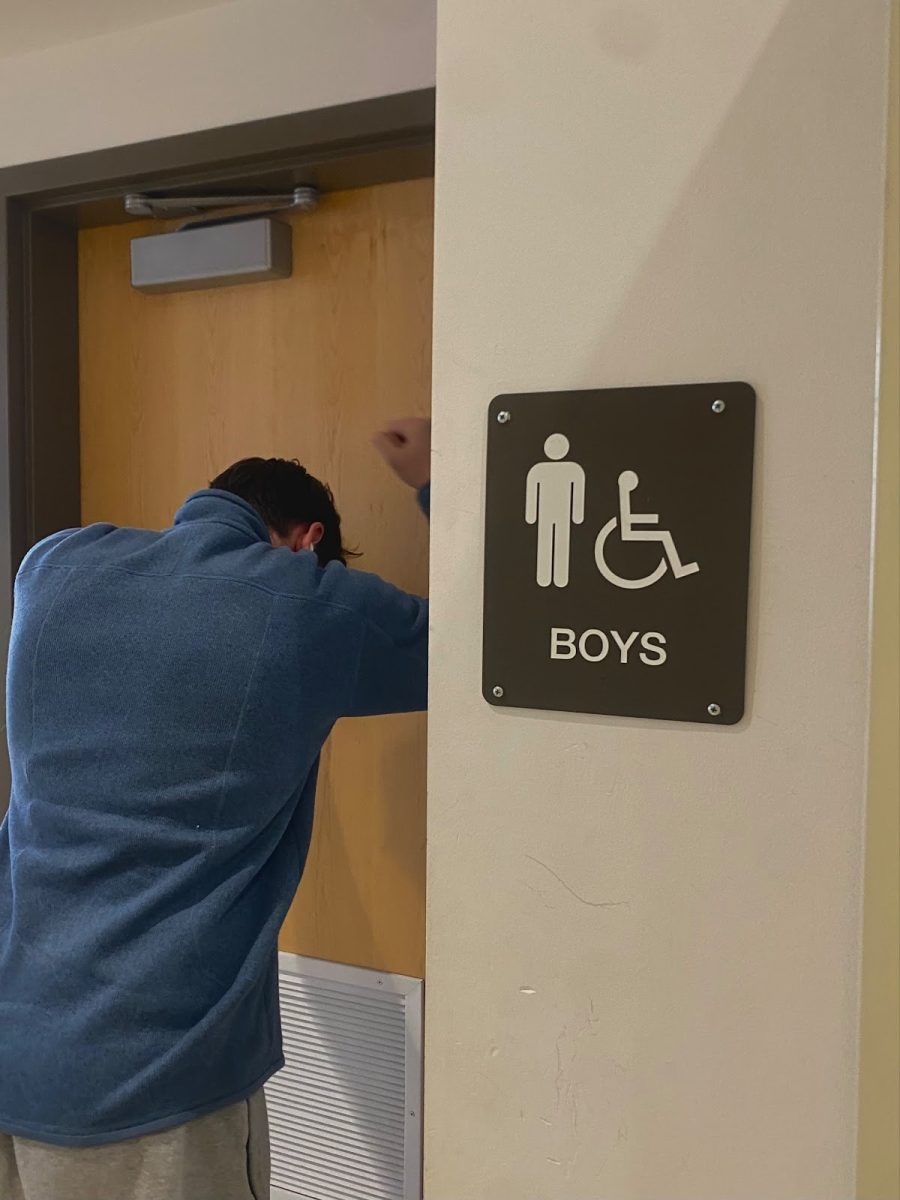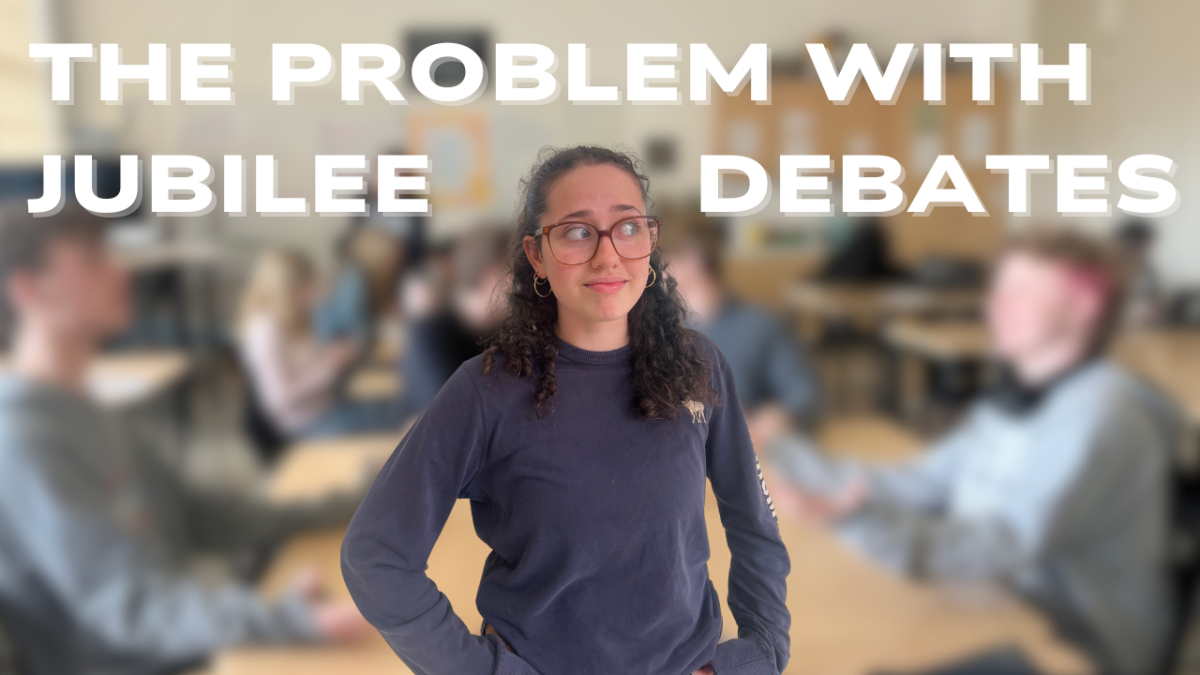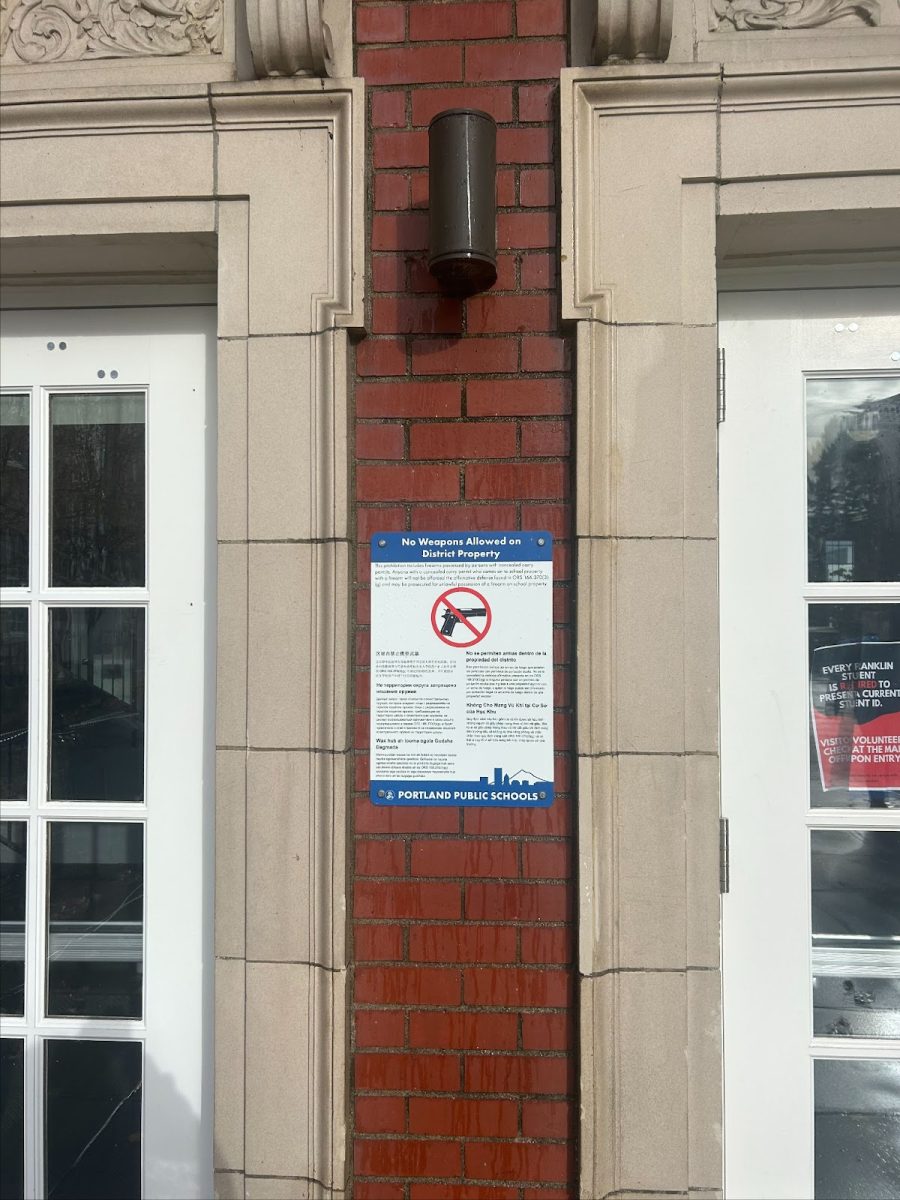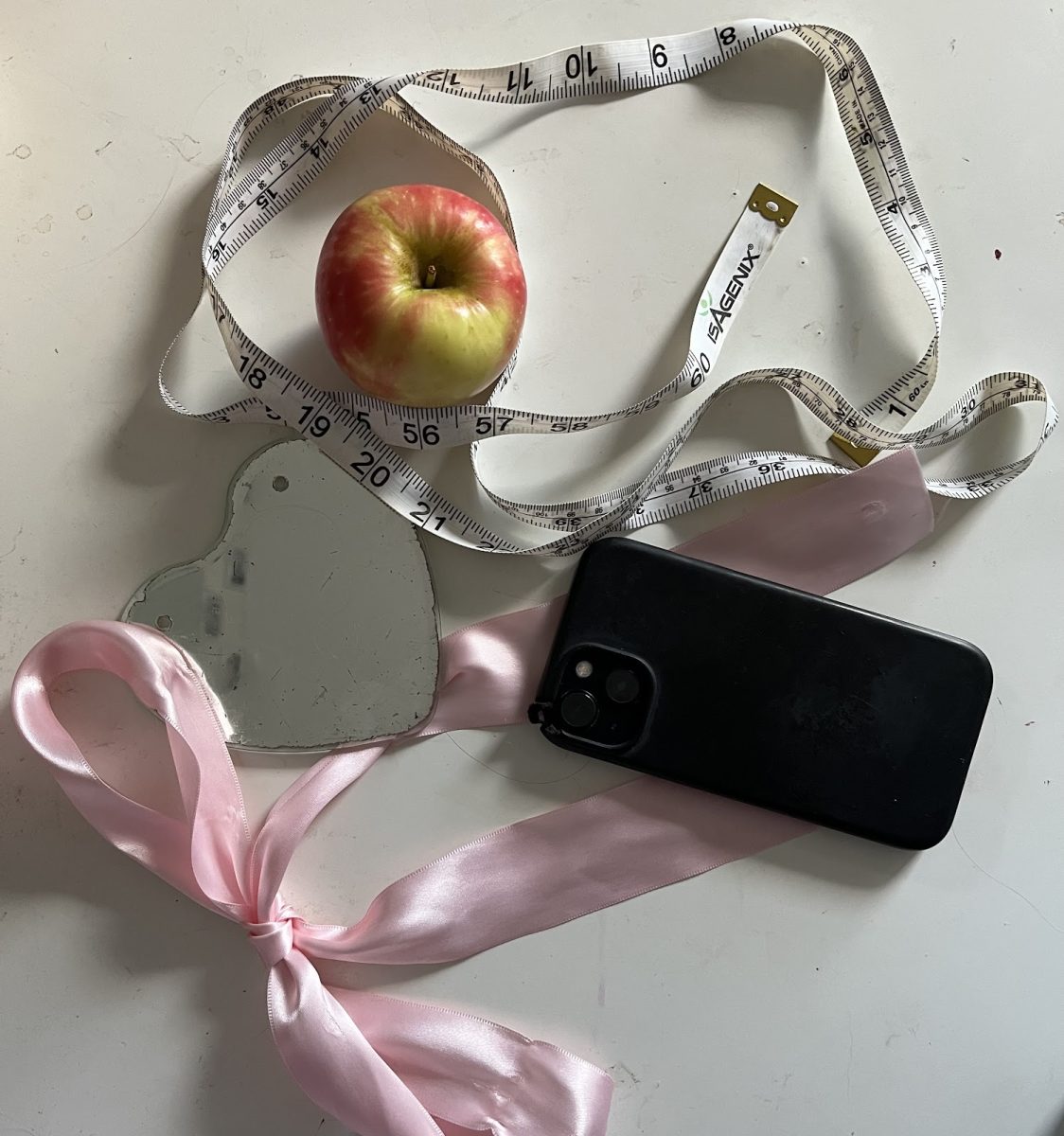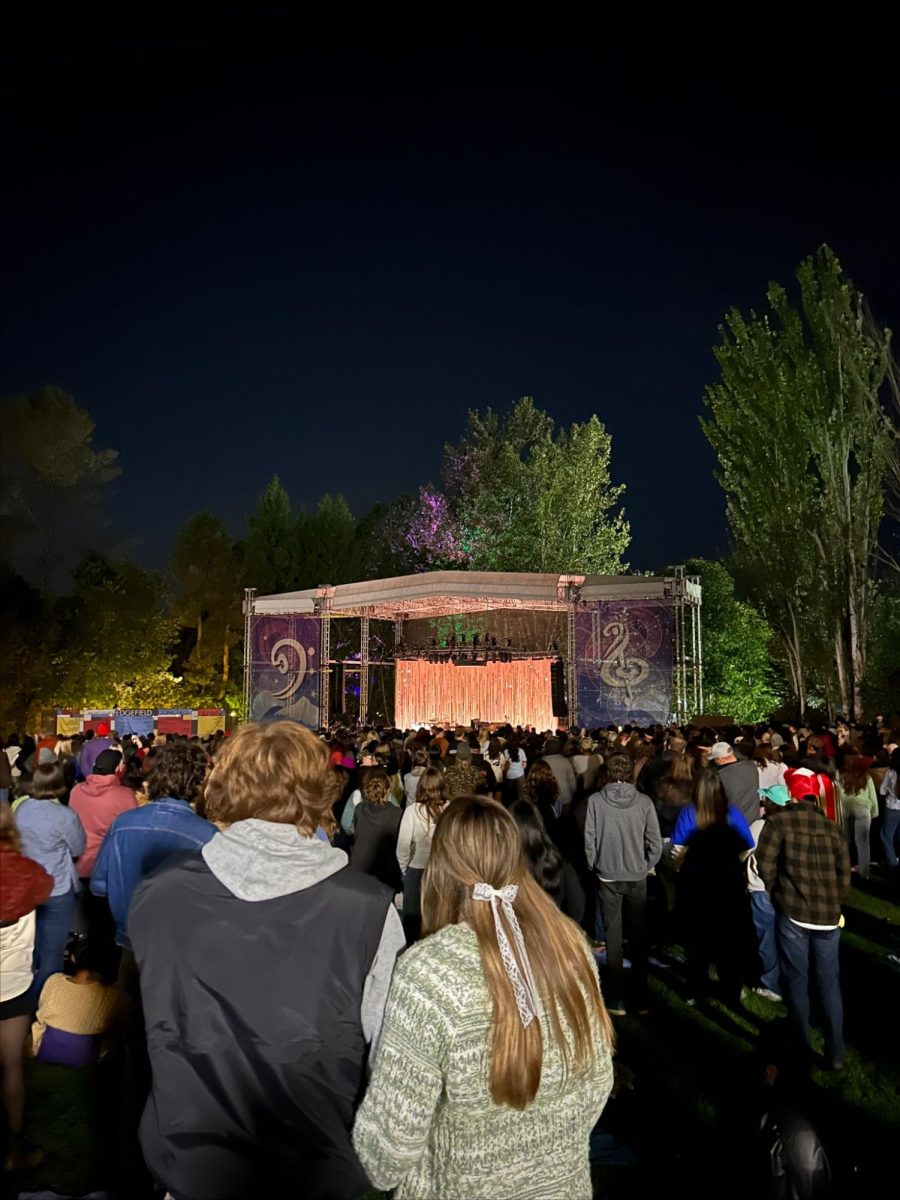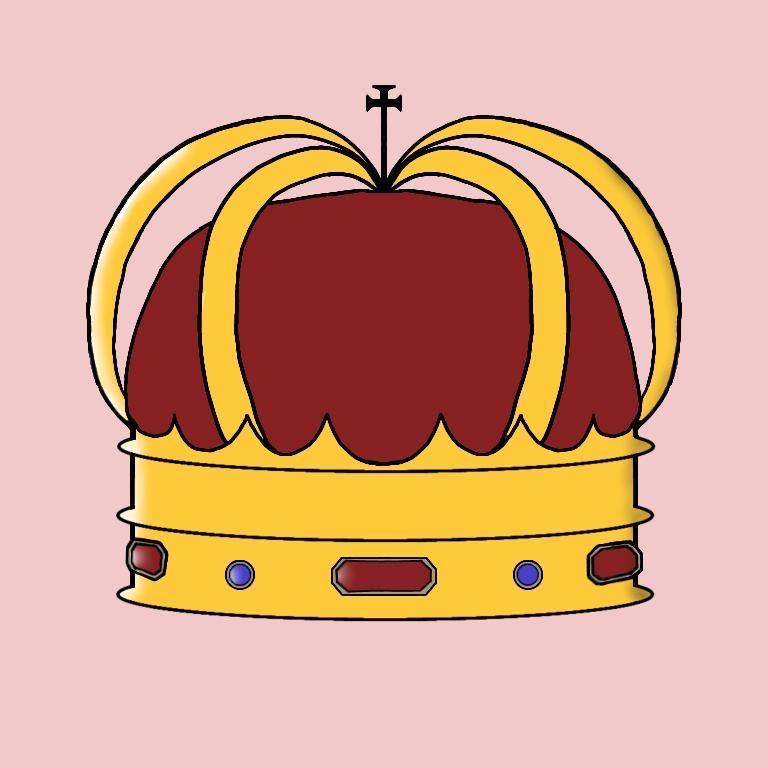
Did you know that the structure of European monarchies is changing? The practice of having a single person lead a country dates back to 3000 BC and is still in effect today. This idea of a sole ruler and a family that inherits rulership is known as a monarchy. Historians have recorded some of the most famous and influential monarchs, whether for their great achievements, unsuccessful rule, or brutal downfalls. Monarchies have continued to exist in a very similar way since their origins, but in the last decade, we have seen many changes that could affect monarchs and their families drastically.
When thinking of monarchs or royal families, people’s minds tend to go straight to Queen Elizabeth the Second. The late Queen was present for many monumental moments in history such as World War II and the Brexit Crisis, as well as her own personal broken records, like being the longest reigning female and British monarch. Others may think of the monarchs who gained infamy from the revolutions that resulted in their deaths, such as the Romanov family, Louis the Sixteenth, or Marie Antoinette.
In the event of the death of a monarch, the next in the line of succession would assume the throne or the line would end entirely. The line of succession, in most cases, passes to the eldest child. From the eldest, it will then pass to their children, if any, and then to their siblings. This means the only status to the throne that remains unchanged is the eldest son or daughter. The then Prince Charles made history after waiting more than 70 years to be crowned King, which will happen officially on May 6, 2023. As of right now, there are four countries with female heir apparents and those are Sweden, The Netherlands, Belgium, and Spain.
Frequently, royals marry “commoners.” In the past, most royal families married another royal family to keep the royal bloodline “pure.” This intermarriage was so common that eventually, it was impossible to marry another royal without it being incestuous. In recent years, we have seen the structures of monarchies shift. The most recent change has taken place in Denmark, where Queen Margrethe the Second is the only reigning sovereign monarch who is a woman and also the first female sovereign in Denmark. On Sept. 28 the Danish queen announced the discontinuation of the prince and princess titles for her grandchildren. This also discards the HRH or his/her royal highness title. The Queen, in a statement from the Danish Royal House, said that she believes that by taking away their titles, they can live a more normal life without the burden of a formal title. The four grandchildren will now maintain the title of Count or Countess and his or her excellency, to retain their royal status.
Many believe that altering royal titles is the first step in phasing out monarchies as a whole. In most monarchies, a royal will only lose a title if they have broken a rule or law. After the accession of King Charles, many commonwealth countries “may sever ties with the monarchy over [Britain’s] legacy of colonialism,” according to the website Axios. Caribbean nations have expressed their intention to step away from British rule. Australia and New Zealand declared that they will become republics with time, because of Britain’s colonialist history. The British monarchy’s main tie to colonialism is Queen Elizabeth the First’s role in the Slave Trade as well as her ancestors that have also perpetuated racist ideas. This could change with the younger generation’s marriages and recognition of their ancestors’ harmful actions and accountability “for their choice of being complicit white supremacists,” according to Insider.
The younger generation of royals, which is primarily the grandchildren of most reigning monarchs, could immensely change the way monarchies exist at the time of their ascension. Although this may not occur for many years, due to many of their parents still being active, or not yet on the throne. Once these transitions do occur, we will see many more female monarchs than we have in the past. While many countries have female dignitaries or political figures, the royal family has primarily male rulers, the exception being the Queen of Denmark and the late Queen Elizabeth.
In an ever-changing world, European royals have lasted the test of time. Despite scandals, war, hardships, and death, European monarchies have remained well-preserved for over a thousand years. Many changes could be made in order to create positive leadership. These changes will be small steps on a long path to honest and lasting integrity. In the words of the late “people’s princess,” Diana Spencer, “[i]t’s vital the monarchy keeps in touch with the people.”




